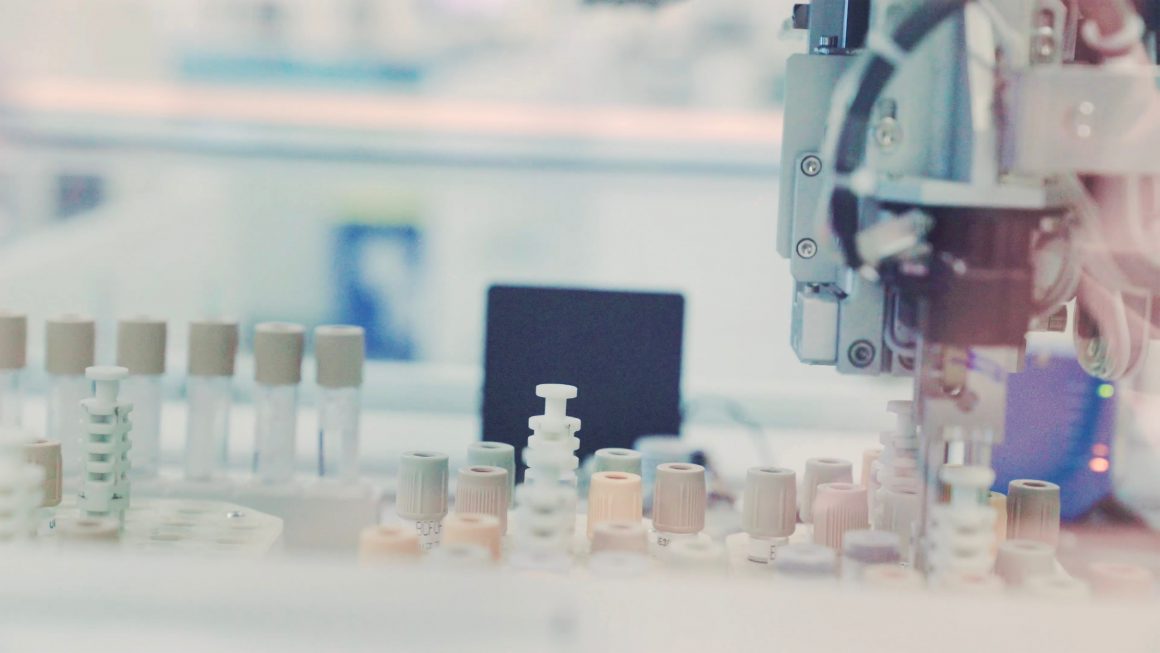
Innovate Calgary hosts webinar on drug repurposing
By Mitali Pradhan, November 18 2020—
Dr. Steven Coresllo, founder of the Drug Repurposing Hub at the Broad Institute in Cambridge, discussed the fundamentals of drug repurposing in a webinar hosted by Innovate Calgary on Nov. 17. He discussed his expertise in strategizing candidate drugs for repurposing and evaluating clinical drugs to develop new cancer treatments. Coresllo stressed the need to maximize the utility of previously developed therapeutics by applying them in novel circumstances.
“Drug repurposing or drug repositioning is defined as applying an existing therapeutic to a new disease area,” stated Coresslo.
Bringing a novel drug to market has a long, exhaustive process consisting of basic research, discovery, optimization, preclinical development, clinical trials and regulatory approval. The time to complete of this process often takes upwards of a decade with approximately a billion dollars in investment. However, despite the investment in time and resources, the majority of drugs entering clinical development ultimately fail. This failure is largely due to lack of efficacy for the original tested indication.
“When drugs are in the clinic, they typically go through three phases of development,” stated Coresslo. “Phase one to establish safety, phase two to establish initial signs of efficacy, and phase three to prove that a drug really works for the indication it is being developed for.”
Despite the failure, many of the drugs which reach later stages of the clinical trials are perfectly safe. Of the compounds failed in clinical trial phase three, half failed due to lack of efficacy, 20 per cent failed due to changes in commercial interests, and only nine per cent failed due to safety concerns. Therefore, if novel uses for these drugs are developed, treatment could be brought to patients rapidly.
Historically, there have been many instances of different uses for drugs being discovered. For instance, Aspirin was originally intended to be used as a painkiller. However, it was soon discovered that the drug was effective in preventing heart disease and colorectal cancer. Viagra, originally intended for high blood pressure, is now popularly known to be utilized for erectile dysfunction. Thirdly, thalidomide, originally prescribed as a therapy against nausea led to devastating consequences of birth defects among women who used it. Thalidomide was later discovered to be useful in treating a blood cancer called multiple myeloma. Interestingly, thalidomide was approved to treat multiple myeloma before the mechanism of its effect was discovered. All of these examples have one thing in common — the alternative functions of the drug were discovered accidentally.
The researchers at the Broad Institute have strived to develop a systematic approach to replace the accidental discoveries. Researchers collect compounds one-by-one, document their structure, analyze effectiveness in previous experiments, and document their previous uses in clinical trials. The combination of this information is integrated into a comprehensive, open-access, repository.
“There is no single authoritative list of drugs that have previously been tested in humans,” stated Correslo.
Consequently, researchers at the Broad Institute integrated information from regulatory agencies worldwide, prior public curation efforts by the National Institute of Health, and licensed proprietary pharmaceutical databases used in the industry. Computational chemistry tools were used to conclude that approximately 11,000 molecules with disclosed structures have entered clinical development in the past. To date, the Broad Institute has acquired physician samples of more than 6000 compounds to test in the lab. Several of these compounds have previously gained FDA approval.
Researchers from the Connectivity Map, a resource which utilizes genetic transcriptional expression data to identify relationships between disease, physiology and treatment, have also contributed to the Drug Repurposing Hub. To scale the dataset used, Broad Institute investigators have developed the L1000 assay and utilized it to generate over a million expression profiles. The Broad Institute uses information such as gene expression from the Connectivity Map, pooled cellular viability assay using 500 DNA-barcoded cancer cell lines as cytotoxicity data, and microscopy to evaluate over 1000 features in cell morphology, to develop new treatment hypotheses.
Years have been invested by researchers at the institute to curate these compounds which are now being tested against disease models. Researchers around the world are using this repository to gain new insights into characteristics of disease.The aim is to jumpstart new drug discovery programs and find new uses for the highly optimized small molecule compounds curated.
The Drug Repurposing Library is readily available for collaboration and more information can be found on their website.
